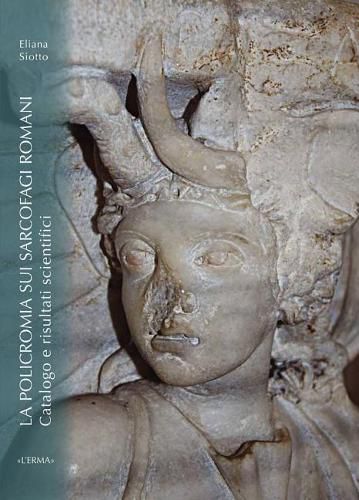Readings Newsletter
Become a Readings Member to make your shopping experience even easier.
Sign in or sign up for free!
You’re not far away from qualifying for FREE standard shipping within Australia
You’ve qualified for FREE standard shipping within Australia
The cart is loading…






This monograph deals with the polychromy on Roman marble sarcophagi produced in Rome from the beginning of the 2nd century to the end of the 4th century AD. It addresses the issues of colour and gilding by topic, in a discursive way, from a technical and practical point of view. The monograph brings together results and data derived from field observations, scientific analyses combined with archive-bibliographical research by emerging technologies in support of the classic process. For the first time, the study of polychromy is dealt with in a totally new way and the research focuses exclusively on a specific class of archaeological artefacts. This approach does not alter the text of the manuscript broad and complementary examination of the materials studied from a historical and archaeological profile. Thus, the search is configured for its transdisciplinarity constituting a pioneering product for the subject matter, so innovative in content and method.
$9.00 standard shipping within Australia
FREE standard shipping within Australia for orders over $100.00
Express & International shipping calculated at checkout
This monograph deals with the polychromy on Roman marble sarcophagi produced in Rome from the beginning of the 2nd century to the end of the 4th century AD. It addresses the issues of colour and gilding by topic, in a discursive way, from a technical and practical point of view. The monograph brings together results and data derived from field observations, scientific analyses combined with archive-bibliographical research by emerging technologies in support of the classic process. For the first time, the study of polychromy is dealt with in a totally new way and the research focuses exclusively on a specific class of archaeological artefacts. This approach does not alter the text of the manuscript broad and complementary examination of the materials studied from a historical and archaeological profile. Thus, the search is configured for its transdisciplinarity constituting a pioneering product for the subject matter, so innovative in content and method.